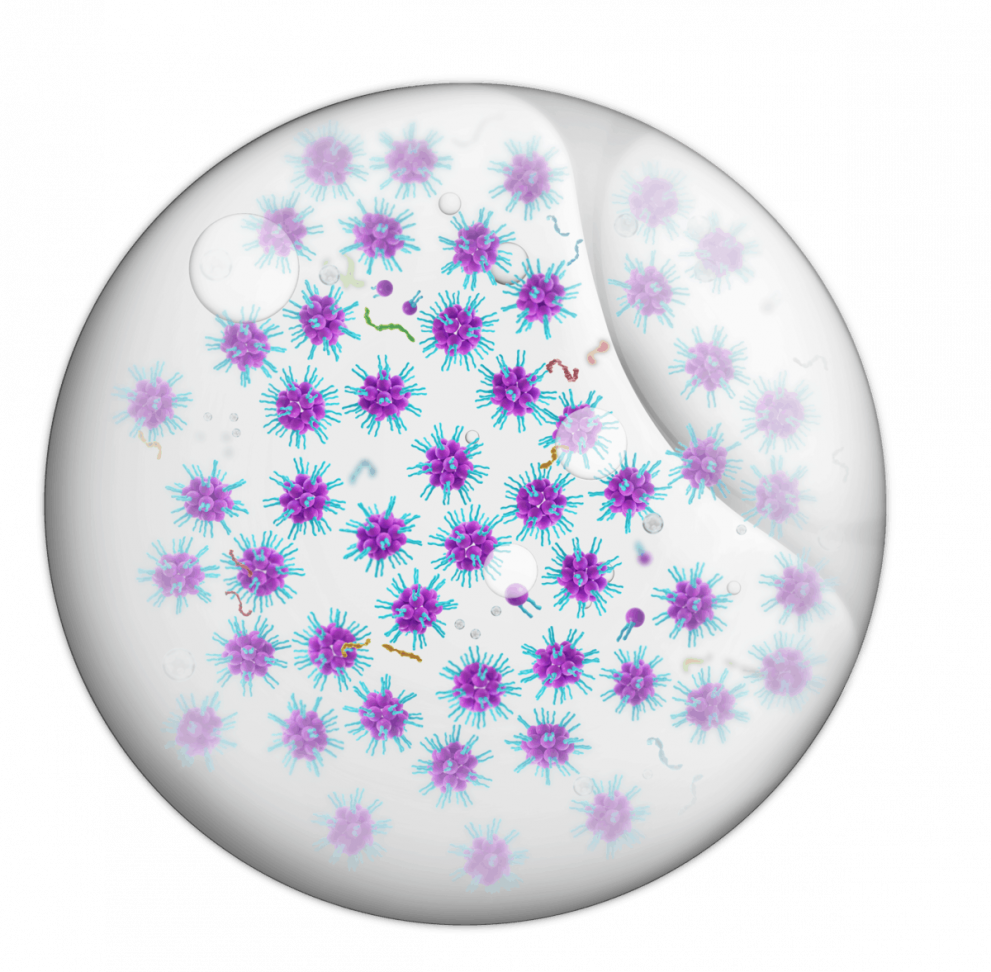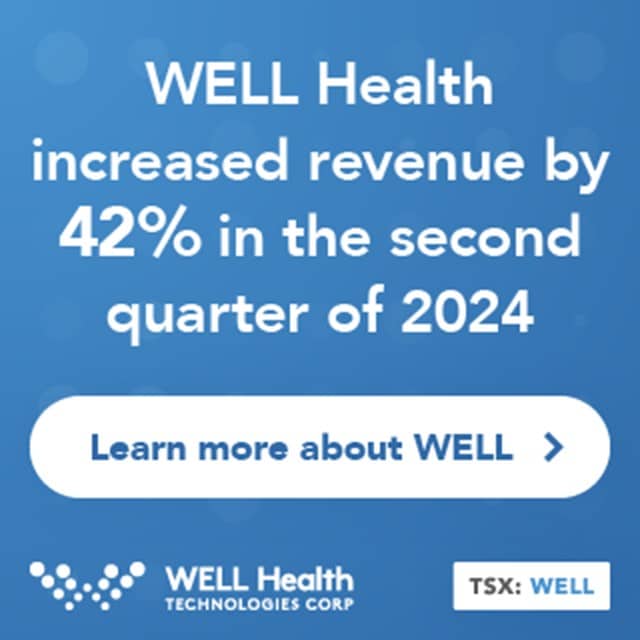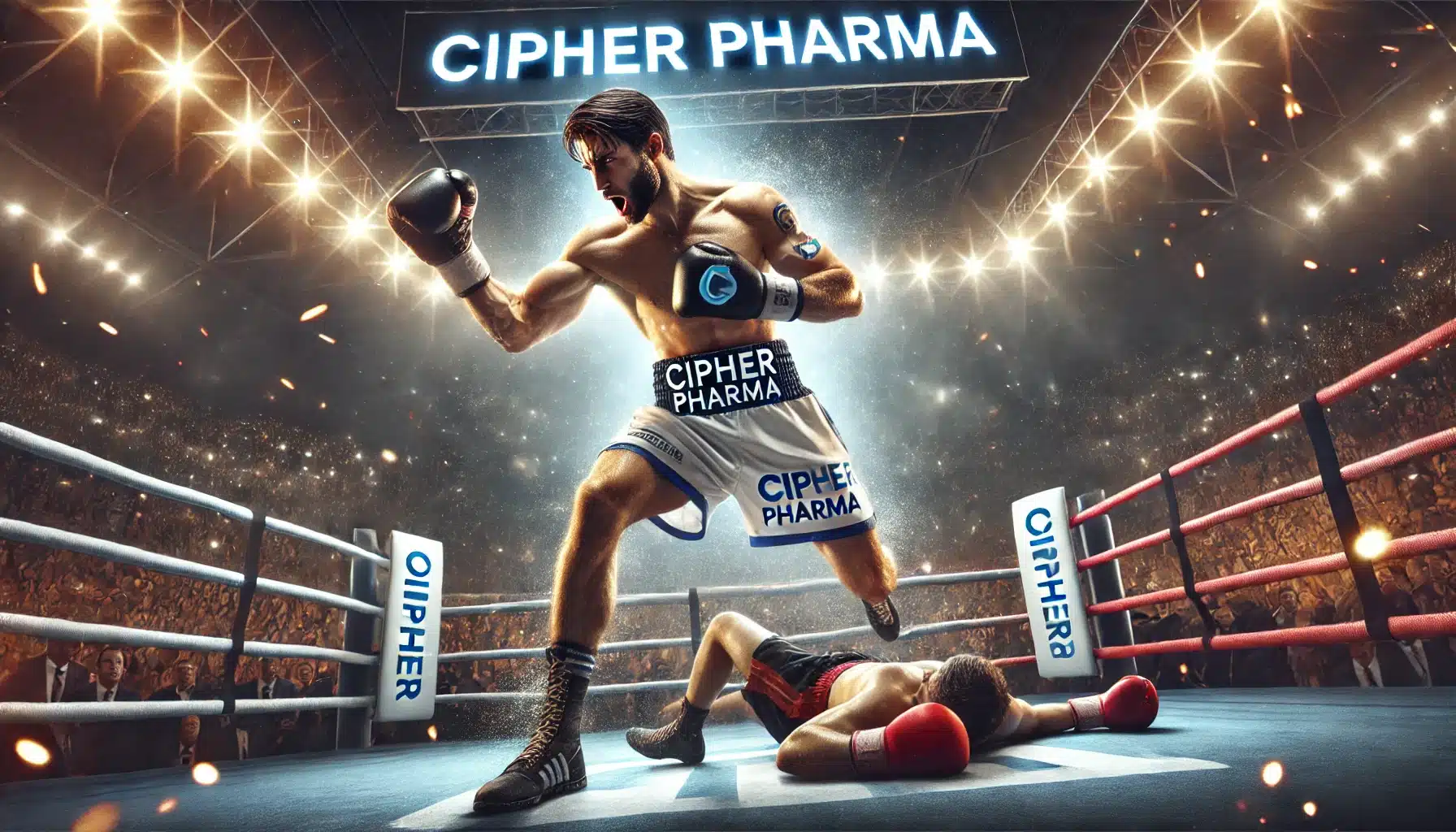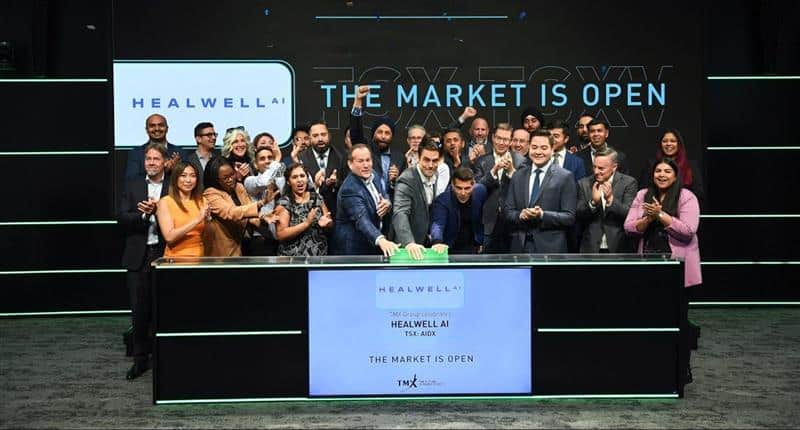
The stock may have dropped a ton, but Leede Jones Gable analyst Douglas W. Loe is advising investors to stick with the program as far as Canadian biotech name IMV Inc (IMV Inc Stock Quote, Charts, News, Analysts, Financials NASDAQ:IMV) is concerned. Loe reiterated a “Speculative Buy” rating and US$6.00 target price on IMV in a Tuesday report to clients, saying the recent share price drop is at a disconnect with the data coming from IMV’s Phase 2 trial.
IMV, a Dartmouth, Nova Scotia-based biotechnology company whose main focus is its Depovax lip-based, water-free antigen delivery technology for the oncology and infectious disease areas, announced on Monday interim clinical data from its 102-patient Phase 2 diffuse large B-cell lymphoma (DLBCL) trial featuring its DPX-Survivac either alone or in combination with Merck’s already-approved anti-PD1 checkpoint inhibitor mAb pembrolizumab/Keytruda.
The data was on six evaluable subjects from “arm one” of the trial involving co-administration of DPX-Survivac and pembrolizumab, with three of six subjects experiencing complete disease response (a substantial reductio nin tumour bulk, reduction in spleen or bone marrow involvement and PET-confirmed reduction in FDG metabolism.
The stock fell sharply in trading on Monday and followed up with further losses on Tuesday, while IMV said it’s encouraged by the results so far.
“This is the most refractory population of patients we have treated so far, and to show complete, confirmed clinical responses is notable. These positive initial results, combined with the accelerating recruitment of the AVALON study in platinum resistant ovarian cancer add, we believe, to the growing industry enthusiasm about the potential for MVP-S in multiple tumour settings,” said Andrew Hall, CEO of IMV, in a press release.
Loe said there are likely a number of factors contributing to the share price softness. He said the negative market reaction could be coming from the line of thinking that if three of six patients experienced complete disease responses, then three of six patients did not. And further, Loe said it’s possible that the fact that only six patients were evaluable so far means timelines to completing patient enrolment and then to assessing results could be extended.
Loe appears unconvinced, however.
“Top-line interim data were just that, top-line and interim. But from the cursory description of advanced DLBCL patients assessed so far, we know that three of six evaluable subjects experienced complete disease response (substantial reduction in tumour bulk, reduction in spleen or bone marrow involvement, PET-confirmed reduction in FDG metabolism), an outcome that while preliminary is highly positive in our view for advanced patients,” Loe wrote.
At the time of publication, Loe’s maintained US$6.00 target represented a projected one-year return of 351 per cent.





 Share
Share Tweet
Tweet Share
Share




Comment